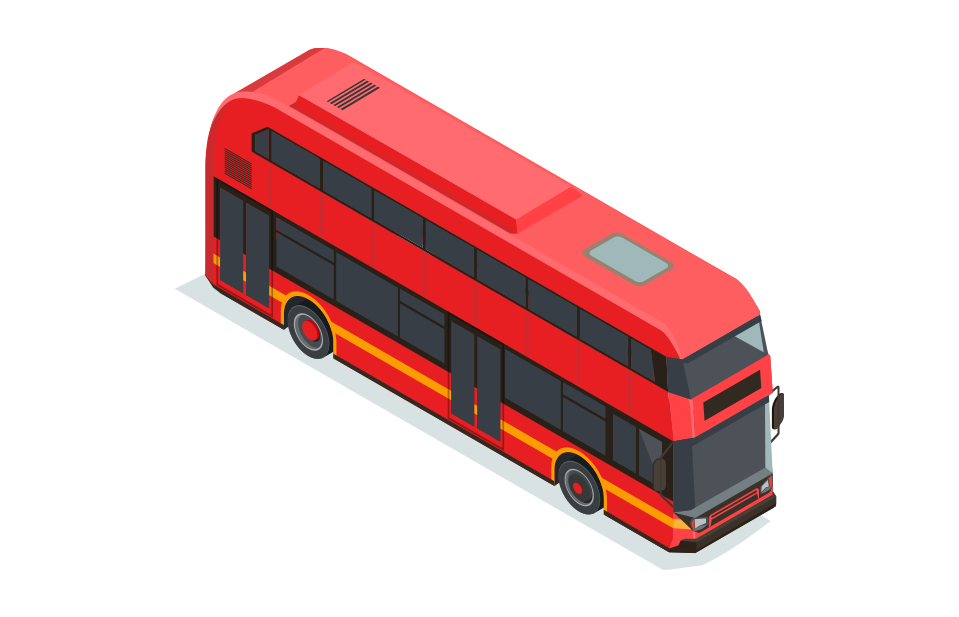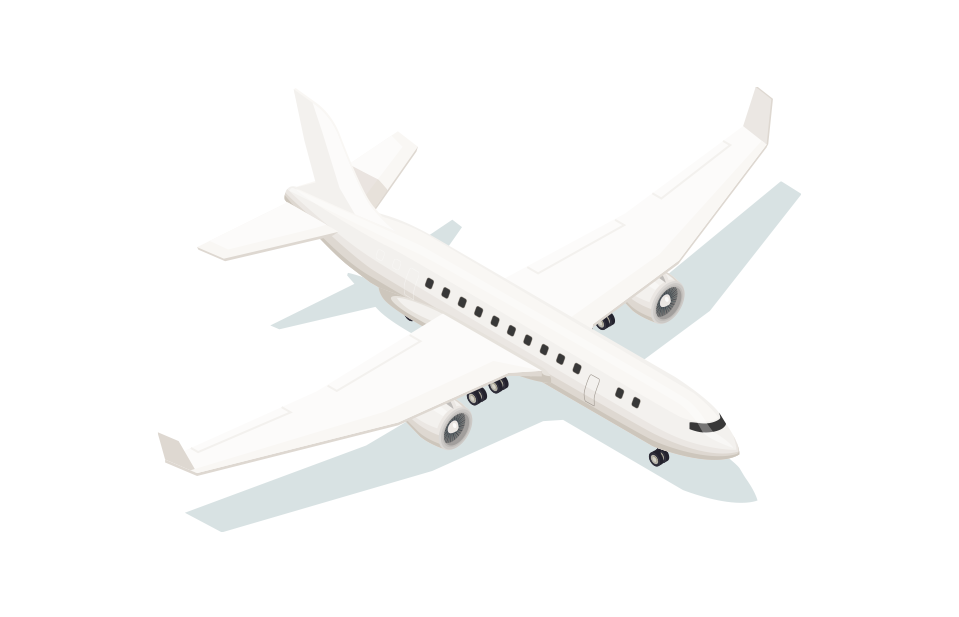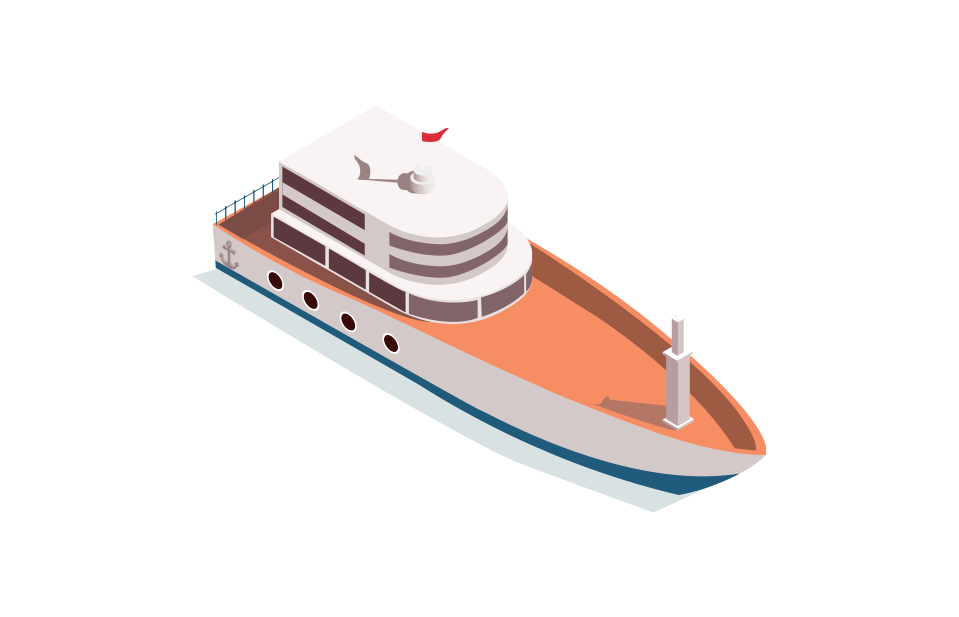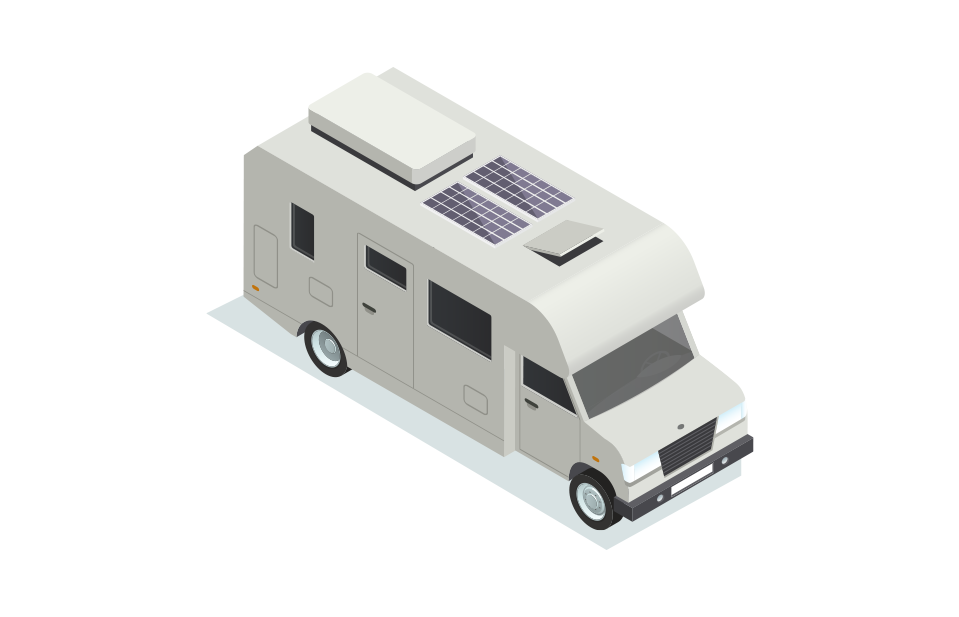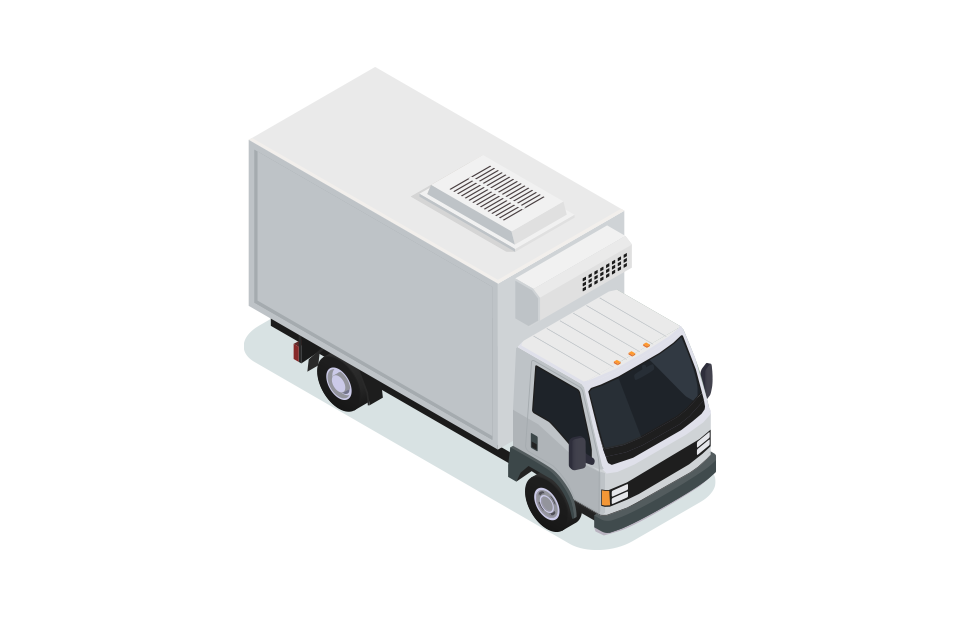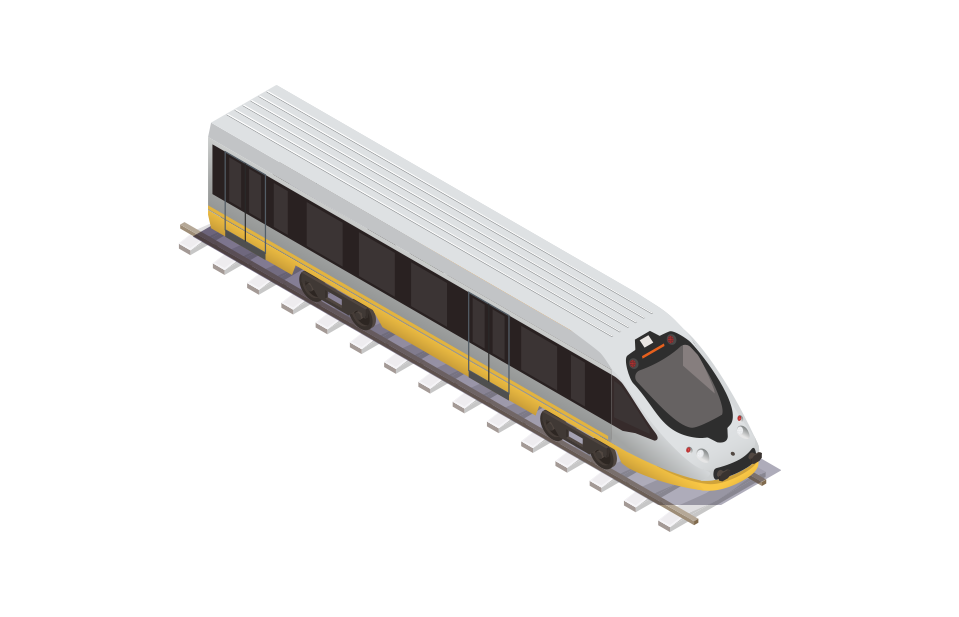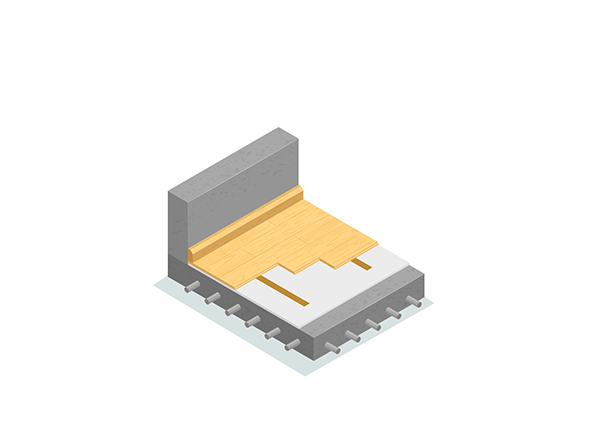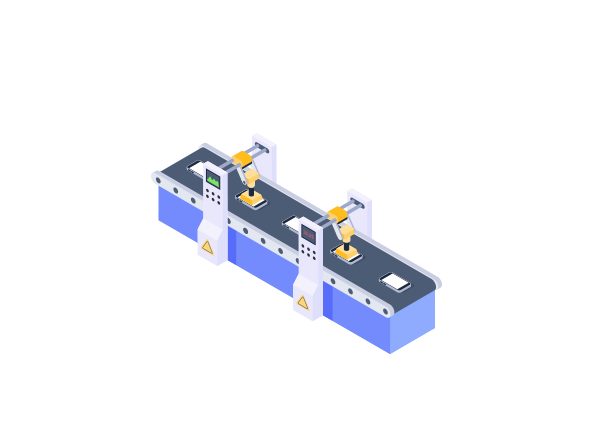Commercial Vehicle
Commercial vehicle manufacturers are continuously evolving to suit industry demands, sustainability targets, and government legislation. Amongst all that, their commercial vehicles need to be strong, durable and light enough to keep customers ordering. Explore how Forgeway's adhesives can make your commercial vehicles stronger, more durable, and lighter.

Rail
The Rail Industry is renowned for its focus on quality and standards. Rail manufacturers always have passenger safety at the forefront of their businesses. Standards like BS EN 17460 (previously DIN 6701) and EN45545 exist to ensure that adhesives, sealants and the bonding process are of sufficient quality to keep passengers safe. Discover Forgeway's range of adhesive products for the rail industry.

Product Assembly
Product assembly manufacturers who produce composite and plastic components are often at the forefront of advancing technologies and pushing boundaries. The product assembly industry have increasingly shown that adhesives can help increase durability of composite parts as well as help with weight reduction. Take a look at Forgeway's range of adhesives and sealants that can help product assembly manufacturers reduce weight and increase durability.

White Label Manufacturing
Over 50% of Forgeway's manufactured products are not in custom branding. Forgeway's manufacturing and development facilities have helped global adhesive brands produce market leading adhesives and sealants. Discover Forgeway's contract manufacturing capabilities.

Get in Touch
Have a question about adhesives or the bonding process?


